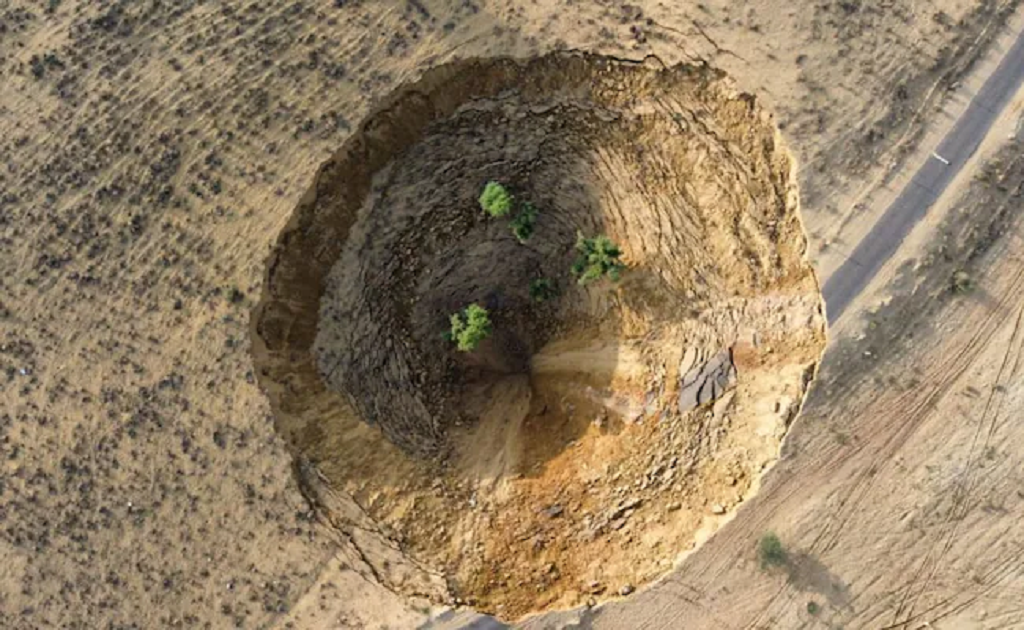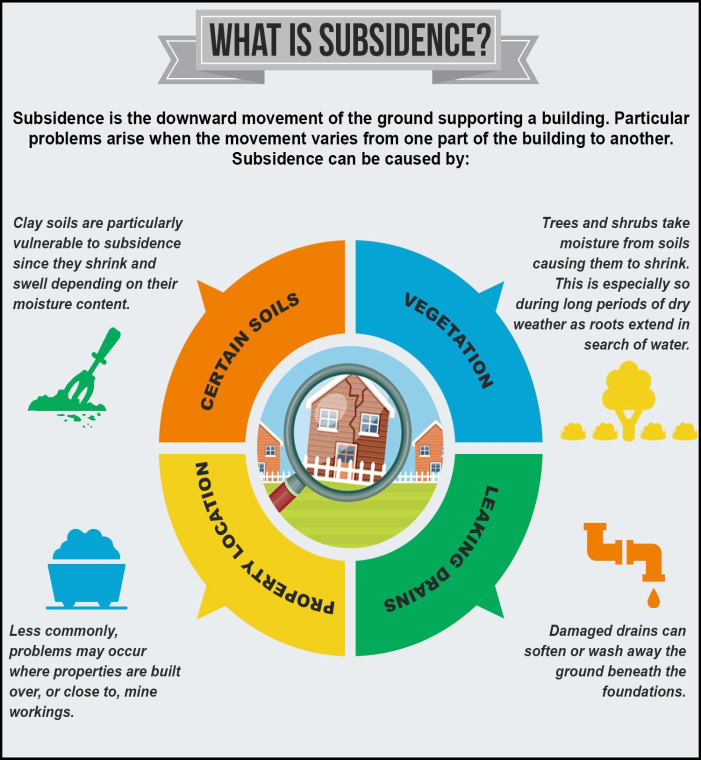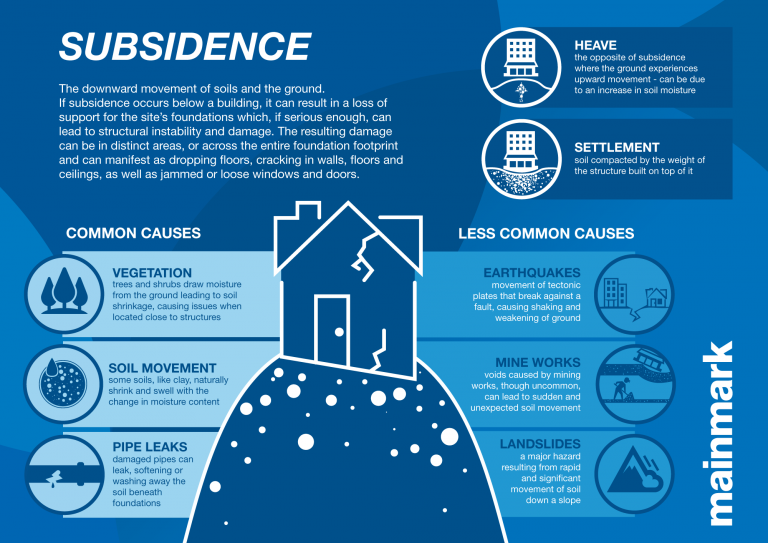Free Courses Sale ends Soon, Get It Now


Free Courses Sale ends Soon, Get It Now



Copyright infringement not intended
Picture Courtesy: https://www.downtoearth.org.in/news/urbanisation/why-have-bikaner-and-barmer-in-rajasthan-reported-land-sinking-in-the-last-month--96169
Context: The recent incidents of land sinking in the Bikaner and Barmer districts of Rajasthan have raised concerns among geologists and residents.
Details
About Land Subsidence

Land Subsidence Mechanism
|
As groundwater levels decline, the sediments that were previously supported by water begin to compress vertically, resulting in land sinking. This vertical compression can sometimes lead to lateral compression as well. The decrease in pore water pressure within the soil increases the effective stress, causing consolidation of the soil, which manifests as land subsidence. |
Seriousness of the Issue
Factors contributing to land subsidence

Effects of Land Subsidence
Way Forward to Reduce Land Subsidence
Conclusion
Source:
|
PRACTICE QUESTION Q. Land subsidence can disproportionately impact marginalized communities and lower-income residents. Analyze the social and economic equity issues associated with land subsidence and propose solutions that ensure a just and equitable response to this challenge. |
© 2024 iasgyan. All right reserved